The New Space Race: Collectors Scramble for NASA Photos
Vintage NASA photography has never been more popular. But, unlike the missions they depict, authentication of these prints is not an exact science.
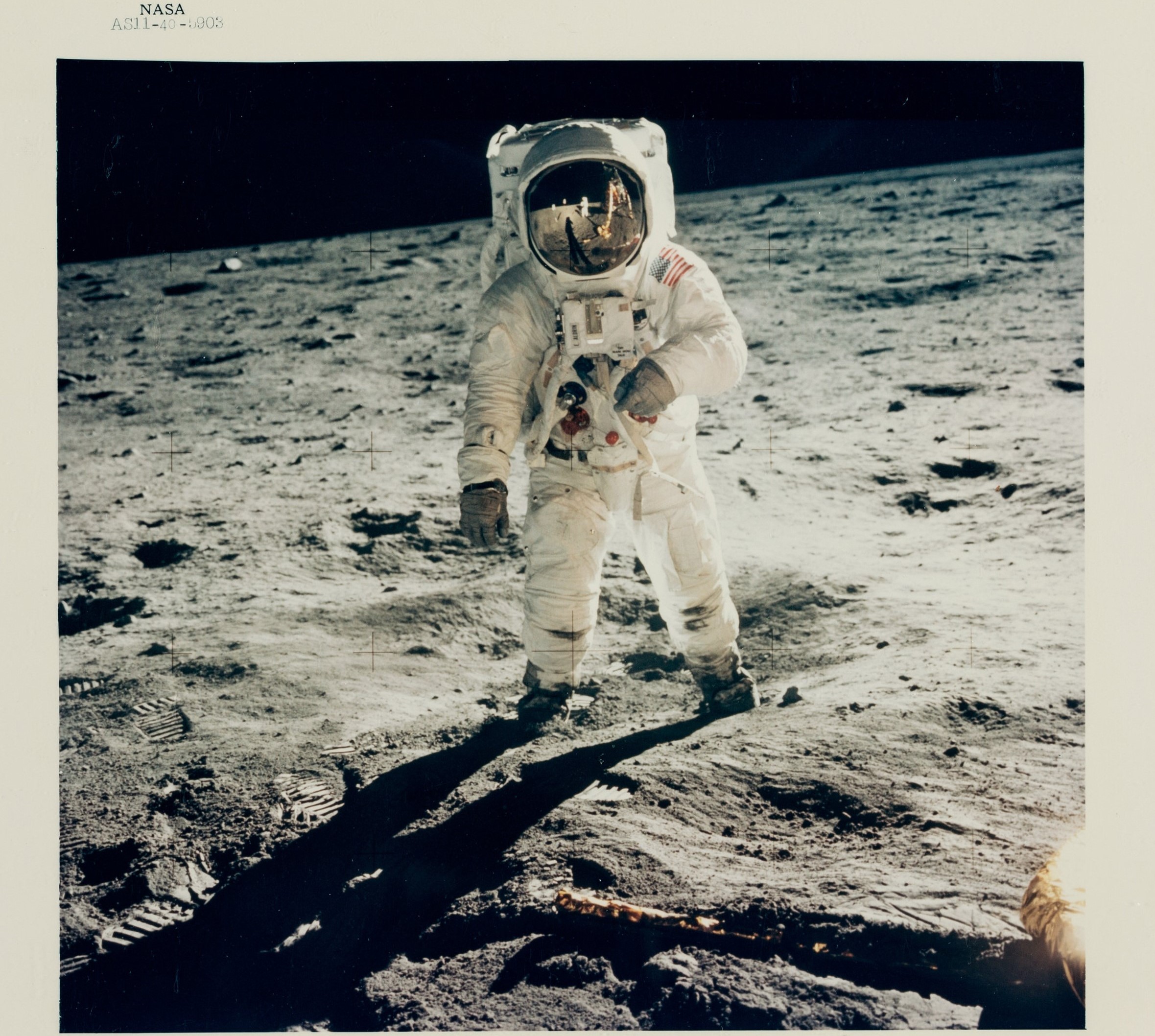
The Space Race is on again. Except this time, it is not a competition amongst nation states, but between collectors seeking to acquire vintage NASA photographs.
Public interest in NASA memorabilia has skyrocketed in the past several years. Among countless collectibles, photographic prints of the Mercury, Gemini, and Apollo missions stand above the rest in terms of demand. Single prints of Apollo 11’s “Moon man” have sold for upwards of $10,000. Almost every major auction house in the country has, at some point since 2015, held a “vintage space photography” type-of-auction. The rarer the photograph, it seems, the higher the hammer price.
Unlike the missions themselves, authenticating a photograph is not an exact science. However, upon close examination, each photographic print reveals clues that help tell a story.
But what assurance does a collector have that the photographic print he or she bought has any value? After all, neither the images depicted in these prints nor the prints themselves are new, having been around for decades. In fact, in the aftermath of the Apollo missions, the supply of mission photographs was abundant—NASA distributed them to almost anyone who asked, be it a Dutch newspaper or a schoolteacher in Massachusetts. Some of the most popular prints were created immediately after mission’s end, yet other prints in the market (depicting the exact same image) were reproduced years later.
If value depends on authenticity (itself dependent on provenance, or origin), then is there any way to tell which prints were made just after mission’s end versus a reproduction made years later?
Unlike the missions themselves, authenticating a photograph is not an exact science. There are gaps in the record-keeping, lost archives, and, unfortunately, many of the original NASA employees who worked in this field have passed on. However, upon close examination, each photographic print reveals clues that help tell a story. Those clues—such as the photograph’s serial number (often called the “Red Letters,” as if foreboding); the color of ink in which that serial number was printed; the type of paper on which the image was printed; or the existence of an innocuous pencil mark—all help explain how that particular photographic print made its way from a 1960s printer to the hands of a space enthusiast.
The Birth of NASA Photography
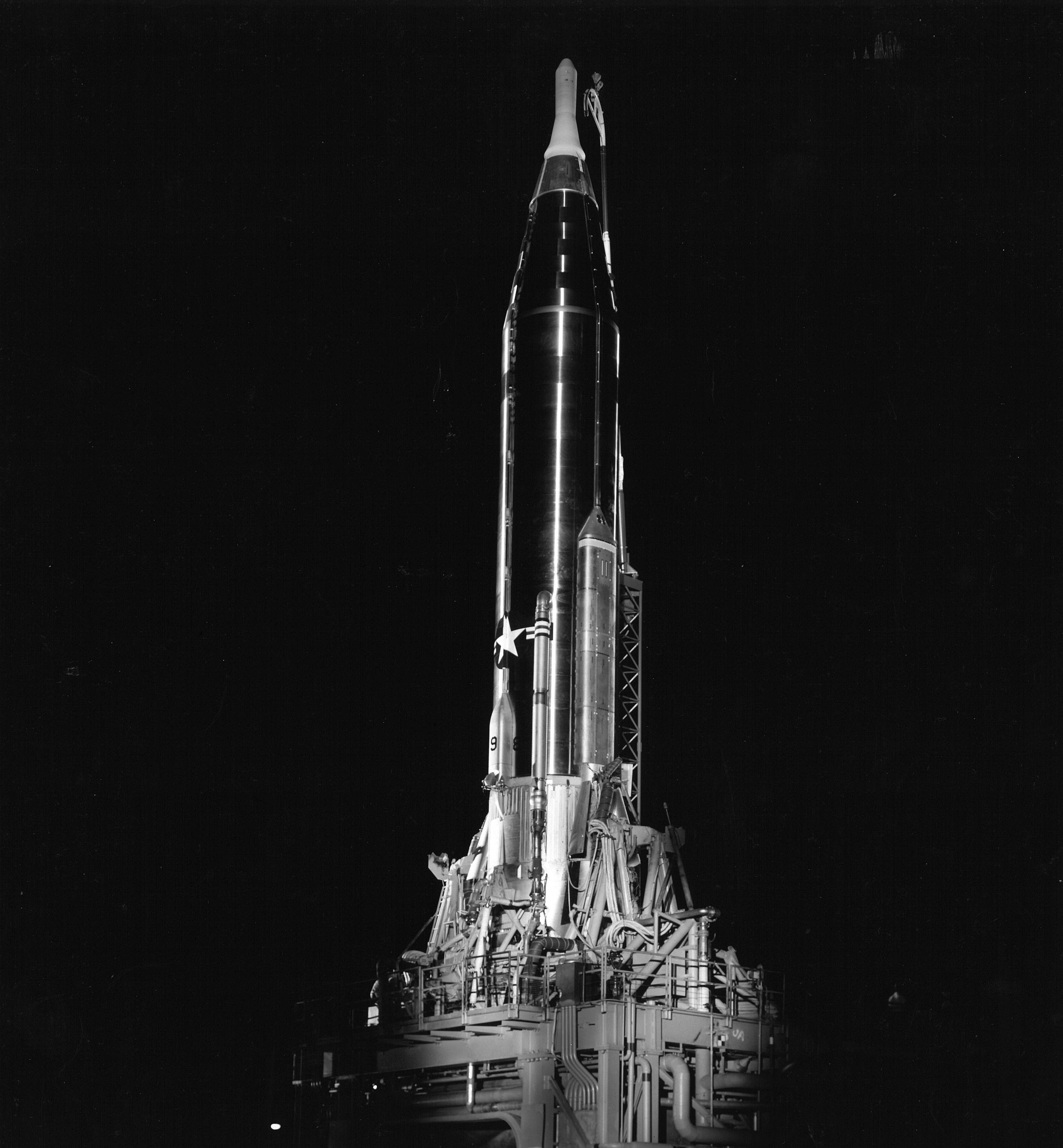
In the beginning, all NASA photography came into existence at Building 8 at the Johnson Space Center in Houston, Texas. Building 8 housed the Photography Technology Lab (the “PTL”) where original mission films were immediate sent after the mission’s end. While Building 8 itself is a non-descript white office building, the PTL was, for its time, a marvel of modern of science. Designed by John W. Holland, NASA’s Chief of Technical Laboratory Branch, Photographic Division, Office of Technical and Engineering services, the PTL was state-of-the-art photography center second to none in the world.
In addition to the PTL’s enormous capacity to process film, the details of which we will discuss in a moment, the PTL contained several bespoke features that ensured the safety of mission film, which was, of course, NASA’s top priority. Even the lab’s humidity, for example, was kept not too damp and not too dry to avoid any chance the original mission film would shrink or expand during processing.
A lot of individuals deserve credit for making the PTL great, but two stand above the rest: John Holland and his supervisor, John Brinkmann, the true Godfather of the PTL. Brinkmann joined the National Advisory Committee for Aeronautics (“NACA,” the predecessor to NASA) in 1945 upon his discharge from the Army Air Corps where he specialized in aerial photography. As rumors about creation of a new manned space center grew, Brinkmann, then stationed in Langley, Virginia, found himself unable to resist the potential of space exploration. After many years of service with NACA, he transferred to the newly formed Manned Space Center and relocated his family to Houston, Texas. When he arrived, his superiors asked him to build a photography center “better than anything that you know of anywhere,” and gave him used yellow pencils to start filling out purchase orders.
From there, Brinkmann hired Holland. In 1962, Holland worked for NASA’s Photographic Division within the vaguely named “Space Task Group.” Formed in 1958, the Space Task Group served as the engineering arm charged with managing NASA’s human spaceflight program. Holland, through a friend, was referred to John Brinkmann, who passed on his orders to help build a world class photographic processing laboratory. Holland accepted the job, sold his house in Virginia, and, like Brinkmann, moved to Houston. On Feb. 1, 1962, Holland reported for duty and received his first assignment: Travel to the Caribbean to photograph the return of John H. Glenn, the first American to orbit Earth. Soon thereafter, Holland began to design NASA’s first photographic laboratory, the PTL.
Along with other key PTL personnel like Richard Underwood and Terry Slezak, both Brinkmann and Holland understood the importance of the images contained on mission film—tangible proof that the mission was a success. Naturally, at mission’s end, NASA was eager to see the photographs. But the process of converting actual film to a negative—and then using that negative to create a photograph—was not without risk. Traditional photography is perhaps best described as a series of chemical processes that involve the element silver and one of the halogens (chemistry fans know to look for these on the second-to-last column on the periodic table). A lot can go wrong with development, such as inadvertent exposure of film to light, or improper immersion of negatives to darkroom chemicals. If a mistake was made processing the film, there was no mission do over.
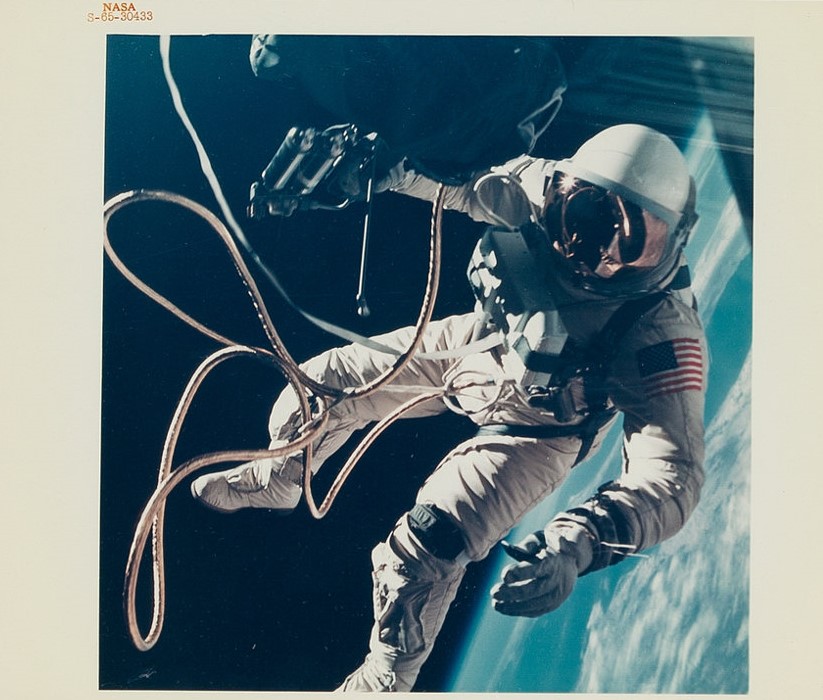
To complicate matters more, the mission film was difficult to handle because, at only 2.5 mils thick, it was extremely thin, and was unable to handle too much stress like traditional film, which measured between 5 and 7 mils thick. The reason for such thin film was the limited storage space in the spacecraft: The thinner film not only occupied 40% less space but it increased the number of photographs per role by 40% as well. In fact, the risk of mistake or error in the developing process was so high that the Eastman Kodak Company (“Kodak”), which manufactured the film itself, did not want the responsibility of processing mission film into negatives. As a result, that responsibility fell to the PTL, and, by extension, to employees like Brinkmann and Holland.
And NASA, knowing this was a one-and-done type of opportunity, drilled its photographic technicians to perfect the development process. Holland later recorded that in preparation for the Apollo missions, NASA’s photography technicians drilled seven days a week, 12 hours a day. They worked in complete darkness to practice all possible contingencies in their effort to develop the original film into negatives perfectly. No safety precaution (the film’s safety, that is) was overlooked.
Once the film arrived, but before it was developed, it was removed from the cameras in preparation for decontamination. (It was not until Apollo 15 that declared the Moon devoid of life thus ending the need for quarantine or decontamination.) As NASA photographer Terry Slezak explained, the Apollo 11 film was itself decontaminated by interleaving it with specialized paper that permitted gas to pass around it and through the film. From there, the film (still in its light-baffled canister) was placed an autoclave, and ethylene oxide gas was used to complete the decontamination process. Then, and only then, was the film brought to the laboratory for processing.
From Processing to the Final Product

While mission film was engineered by Kodak for use in space, the journey that film took once it returned to Earth is equally as important. Unfortunately, there is very little documentation in JSC’s archives that help explain the film’s trek around the PTL. But, all is not lost. Fortunately, there are a few witnesses alive today whose expertise in film development dovetails with a razor-sharp recollection of the events of the time.
Much of what follows I learned from one individual: Robert Shanebrook, who worked for Kodak for decades before retiring as Global Product Manager. Shanebrook is widely recognized as an worldwide expert on photographic film processing and, later in his career, authored a dispositive book about the topic. As a young man in 1969, Shanebrook worked with Kodak’s engineers to develop the Lunar Surface Closeup Camera used on several Apollo missions including Apollo 11, 14 and 15. Shanebrook still resides in Rochester, New York, the longtime home of the Eastman Kodak Company, where blizzards are so common he says he barely notices the snow anymore.
According to Shanebrook, and supported by Holland in his oral history, the PTL took the mission film—sold and marketed by Kodak under the brand name “Ektachrome”—and developed it by projecting it onto a 70mm piece of internegative film. The original film was too historic and too delicate to handle often, so this process allowed NASA to create a first set of master internegatives—or, perhaps better stated, to create a master internegative copy from the original film flown in space. The PTL then duplicated the “master” internegatives into additional copies. These duplicate internegatives (now twice removed from the originals) were then used to print images on photographic paper.
Through this process, the PTL used the internegative as an intermediate between what was exposed in the camera on the Moon, and the final print now sought by collectors. Shanebrook estimates that NASA probably produced about 100 internegative copies and shared them with individuals or companies close to the mission’s development. For instance, Kodak, a devoted supplier to NASA, received an internegative copy of the Apollo 11 images, which Shanebrook used in 1969 to create several prints as a memento of his time with Kodak.
With accurate internegative copies in hand, NASA was willing to share prints from those negatives with pretty much anyone who asked. Anticipating high demand, NASA’s PTL sought to purchase and deploy several photographic finishing machines. The phrase “photographic printer” is a bit of a misnomer when compared to today’s understanding of “something that prints.” In 1960s parlance, a “photographic printer” was simply a machine that projected the image from the negative onto paper. From there, the exposed paper was fed into a separate machine that dipped the paper into a series of darkroom chemicals, thereby revealing the image through the magic of chemistry. With NASA, it is highly likely the PTL used a photographic printer called the Kodak Color Printer Model 5S-4, or something similar.
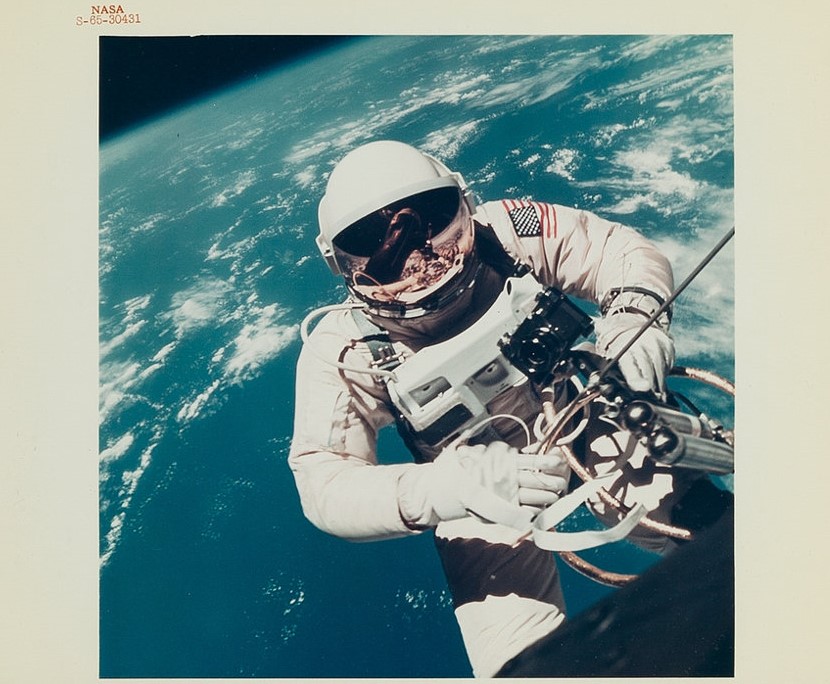
Operation of a Kodak 5-S printer would have taken place in near complete darkness with only red lights to protect against inadvertent exposure. In terms of the print quality, there are a number of human factors to consider, such as the intensity of the lamps used to attain the correct color balance. The quality of the prints would depend on the skill of the operator. Kodak’s technology allowed operators to spool a roll of undeveloped film across a light where it was exposed to the negative, before being spooled again in the take-up wheel. This meant that throughout most of the 1960s, the paper was fed through the machine as a roll, not as a pre-cut sheet.
This distinction is important when authenticating NASA photographs. The most efficient way to produce large numbers of printed images is to print on a roll of paper rather than individual sheets. As the paper advanced through the printer, a small pencil lead marked the back of the paper each time the printer stopped for an exposure. The line is small, only 1/16th of an inch wide and 3/16th of an inch long and located within 1/4th of an inch from the edge of the paper. That pencil mark told a third machine—a cutting device that used a photocell to detect the pencil mark—where to cut. This process avoided human error during the cut phase and kept the photograph’s margins and overall appearance consistent from print to print.
As interest in vintage NASA photographs has skyrocketed in the past couple years, so has the importance of being able to distinguish between what is true NASA print and what is reproduction. While many photographs are sold as being close in time to the actual mission event, there is simply no way to tell whether a print was made in 1969 or 1972, absent independent provenance. The characteristics of the print (paper, serial number, and so forth) did not change during this time period.
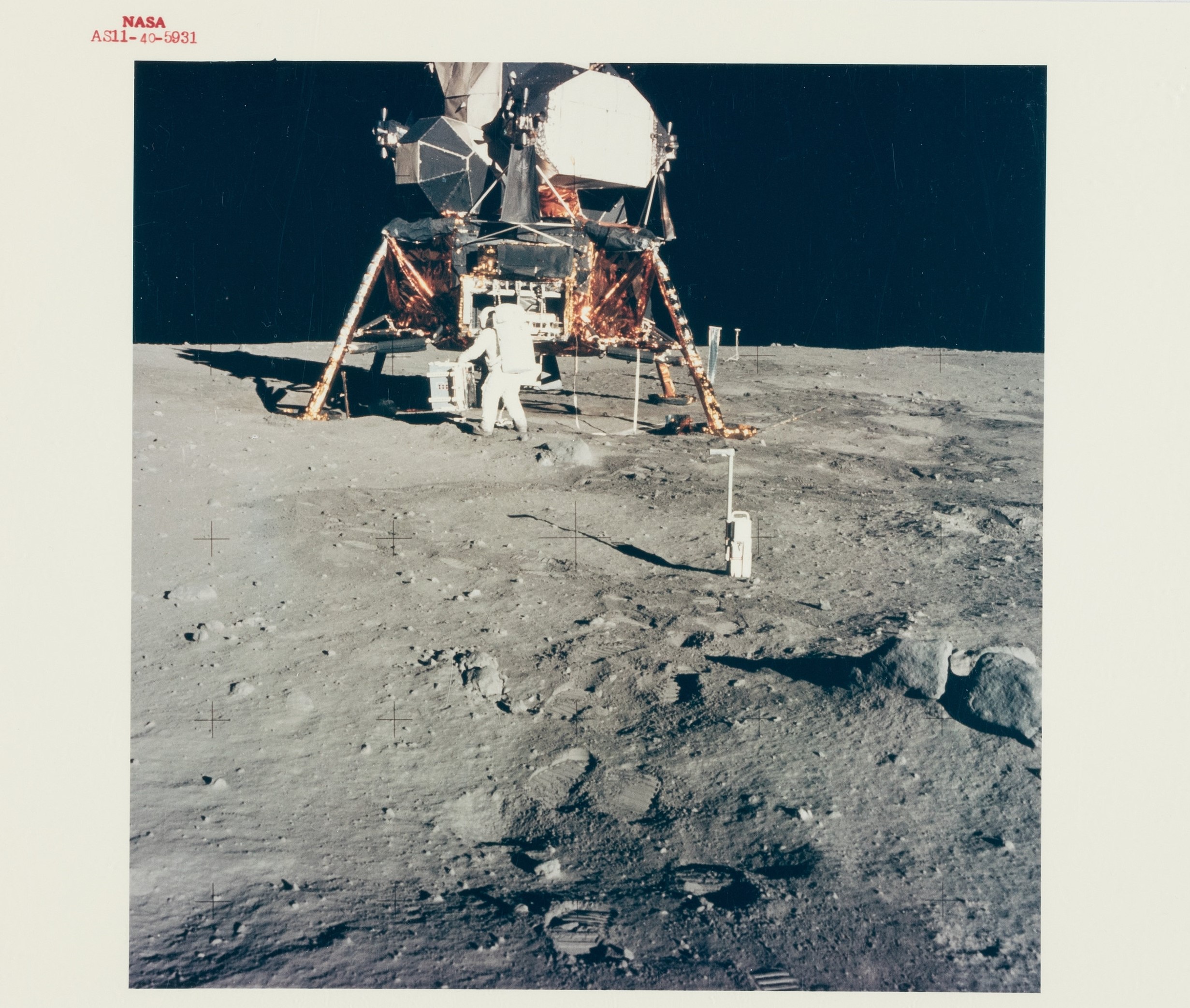
In the final analysis, what makes NASA photography so interesting is it represents tangible proof of the final frontier, and our voyage into the unknown. Like Ed White’s weightlessness in S-65-30433 or Neil and Buzz standing on a foreign celestial body in AS11-40-5903, these momentous accomplishments were made possibly through nothing else than humankind’s innovation, creativity, and curiosity. "Through images, people could feel as through they participated in a historic moment that only a handful of Americans actually experienced: circling the Earth or Moon in a spacecraft barley larger than a midsize sedan," writes Jennifer K. Levasseur in her book, Through Astronaut Eyes: Photographing Early Human Spaceflight.
We now collect and preserve those original, vintage images to memorialize a small part of American history, and honor those who helped make them possible.






